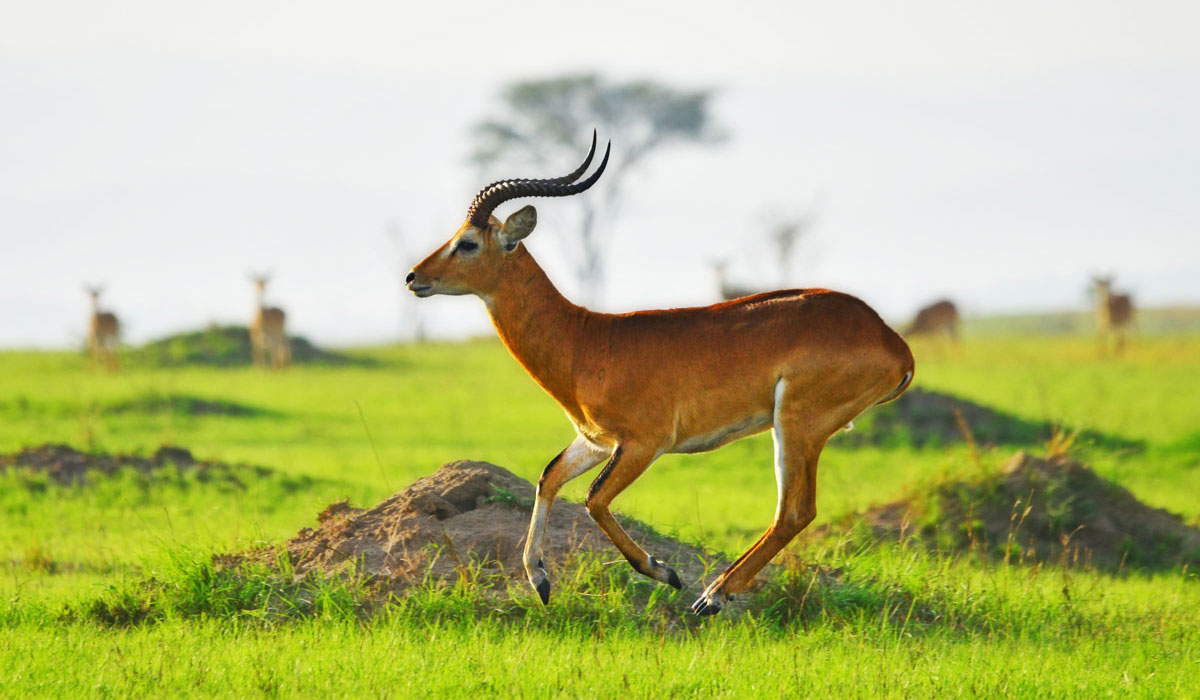Kampala has several faces. There’s the impossibly chaotic jam of central Kampala, its streets thronging with shoppers, and hawkers, and the most mind-bogglingly packed bus and taxi parks you’re ever likely to see.
As you head up Nakasero Hill, you quickly hit Kampala’s most expensive hotels and the urban core fades into something of a garden city. Here you’ll find many embassies and government buildings, as well as exclusive residential zones. It’s also home to swanky restaurants and bars, popular with ex-pats.
The city grew as the capital of the Buganda kingdom, from which several buildings survive, including the Kasubi Tombs (built in 1881), the Lubiri Palace, the Buganda Parliament, and the Buganda Court of Justice. Following the 1962 independence, Milton Obote became president of Uganda and held the position until 1971, when former sergeant Idi Amin defeated his government in a military coup.
The city has since then been rebuilt with the construction of new hotels, banks, shopping malls, educational institutions, and hospitals and the improvement of war-torn buildings and infrastructure.
Traditionally, Kampala was a city of seven hills, but over time it has come to have a lot more.









